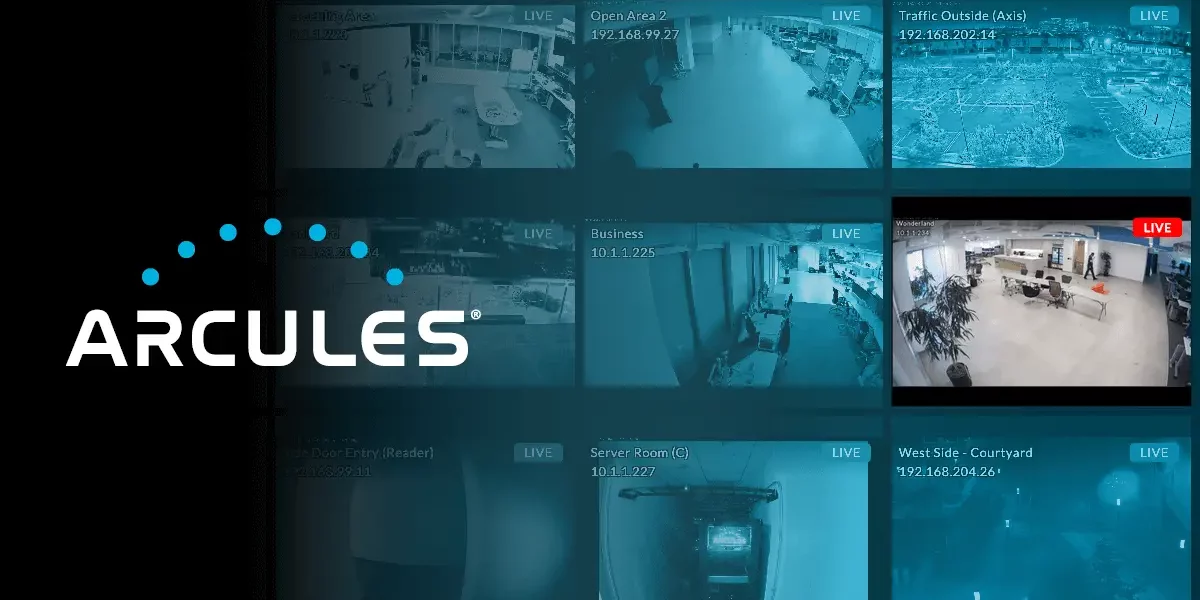For the last 20 years, video surveillance workloads have been anathema to the IT VAR. The murky world of camera hanging, running coaxial cabling, configuring fields of view, NVRs, and setting retention times was the stronghold of the security integrator and represented a workload that didn’t fit in with the rest of the datacenter. The technology it used was old: physical servers, non-virtualized environments, and not cloud-ready. In short, it was the rock in the stream of data flowing to the cloud, although it often lurked below the surface, ready to scupper the boat of cloud adoption.
Until now.
The shift to the cloud is now becoming all-pervasive. Many organizations have adopted a “cloud-first” strategy with serious questions being raised if a workload is not capable of being run and managed in the cloud. Why? CIOs are taking notice of all available cloud workloads, and that includes video. As an IT VAR, being able to align yourself with your customers and migrate those obstinate workloads will give you a decisive advantage. Here are some reasons for driving cloud-native video vs. on-premises deployments.
A World of Many Edges
The challenges of managing hardware, especially at the edge, have never truly diminished, so the majority of CIOs with several, tens or hundreds of edge locations are solving the problem by moving the hardware entirely and focusing on a cloud-heavy, edge-light strategy. Video was usually left as an outlier for myriad reasons, and it was not uncommon to have locally sourced break-fix companies providing services.
The ability to move video surveillance at the edge into line with the cloud-heavy, edge-light strategy will be a boon to CIOs, and unified cloud security services offer a mechanism for VARs to deliver that in a simple fashion.
Data is Currency, and Cybersecurity is King
Business intelligence teams commonly use video to gain deep insights that can be used to enhance the customer experience, improve operational efficiencies, or understand how the physical environment impacts the company and its practices. Having data consolidated into a single platform offers broader insight and more context to drive business efficiency, a considerable advantage over on-premises video solutions.
By further aligning video surveillance with the rest of your cloud workloads, it becomes simpler to align your cybersecurity practices. It presents a smaller attack surface to potential bad actors, as opposed to having large numbers of devices at remote sites operating in network environments that aren’t as heavily protected from a cybersecurity standpoint when compared with core locations.
Consolidating multiple pieces of on-premise video hardware into a cloud service model and using the enhanced security of a well-known cloud provider like Google reduces the risk of security breaches.
This fact is especially prevalent in cybersecurity at the edge, where Gartner’s SASE (Secure Access Service Edge) framework speaks specifically to being branch-light, cloud-heavy. Being able to move all of your remote locations into a single, central, secure environment aligns perfectly with this concept
Video cameras have been the source of multiple cybersecurity breaches (particularly for DDOS attacks), giving hackers the ability to move laterally within an organization through a lack of network segmentation or security, giving potential access to the sensitive data associated with video surveillance. BY providing solutions and services that help improve a CIOs cybersecurity posture, your business can become more strategic to the account, and solving this difficult use case will position you as a value-added partner.
On-Premise Video Surveillance = Business Inflexibility
Technology is being consumed in a vastly different manner than it was 20 years ago. Google Cloud Platform, Amazon AWS, Microsoft Azure, and even services like Zscaler, ServiceNow, and Salesforce.com are the norm. These are all SaaS subscriptions that allow customers to flexibly turn services and capacity on and off depending on the requirements of the business.
It is becoming harder to justify the estimation and guesswork associated with forecasting a three- or five-year purchasing cycle for on-premise video infrastructure, which led (in part) to the rise of hyper-converged infrastructure (HCI) as a band-aid for on-premise workloads, including video surveillance.
Being able to migrate a customer video surveillance workload to the cloud and further depopulate the datacenter will give IT VARs a massive advantage with CIOs who are investing heavily in their cloud strategy.
Conclusion
As a cloud-savvy VAR, you are in a prime position to take a first-mover position in the market when it comes to migrating video surveillance workloads to the cloud, and there are robust solutions available that further simplify the adoption of video solutions to your cloud portfolio.
CIOs are taking keener interests in data that is of business value and workloads that are proving contrary to their cloud migration and digital transformation strategies. With cloud-ready video, you can solve two problems in one stroke, and that’s an easy path to success.
